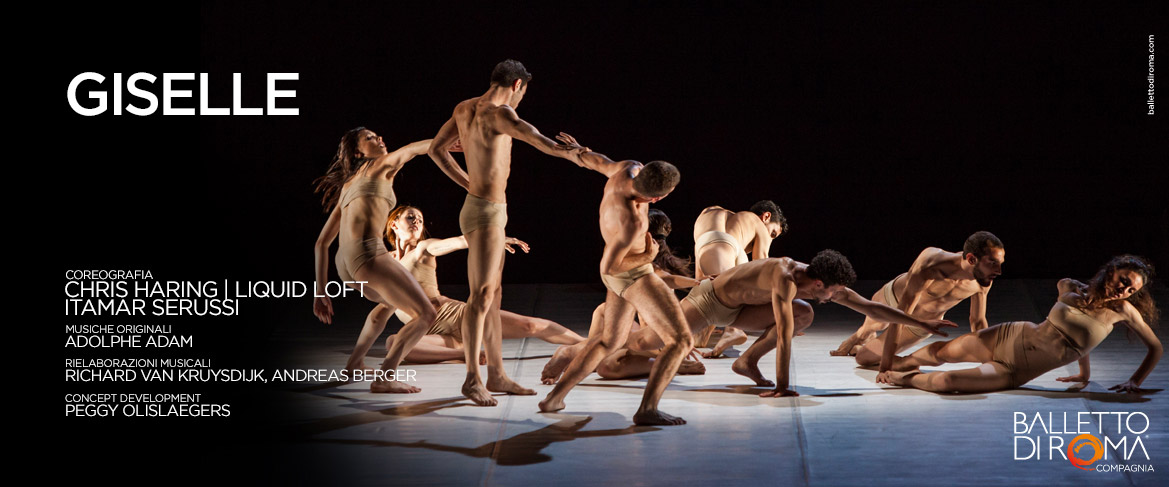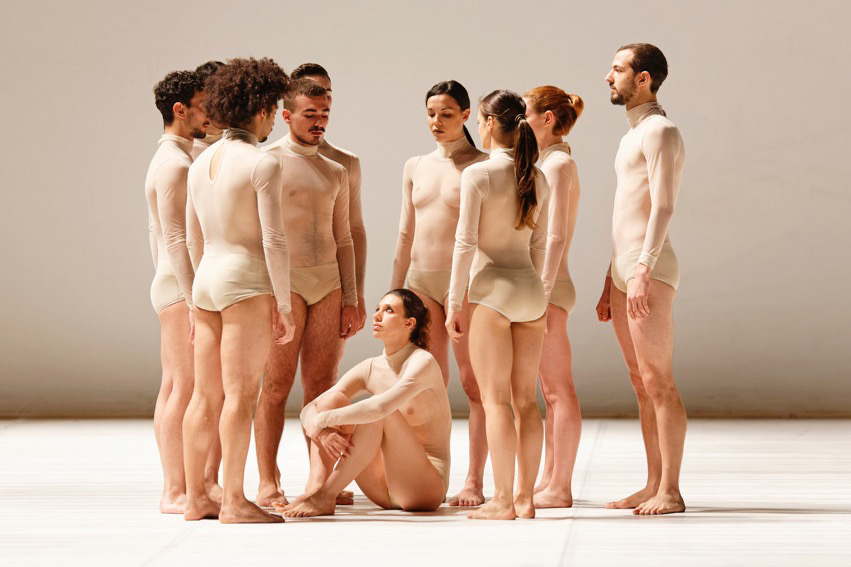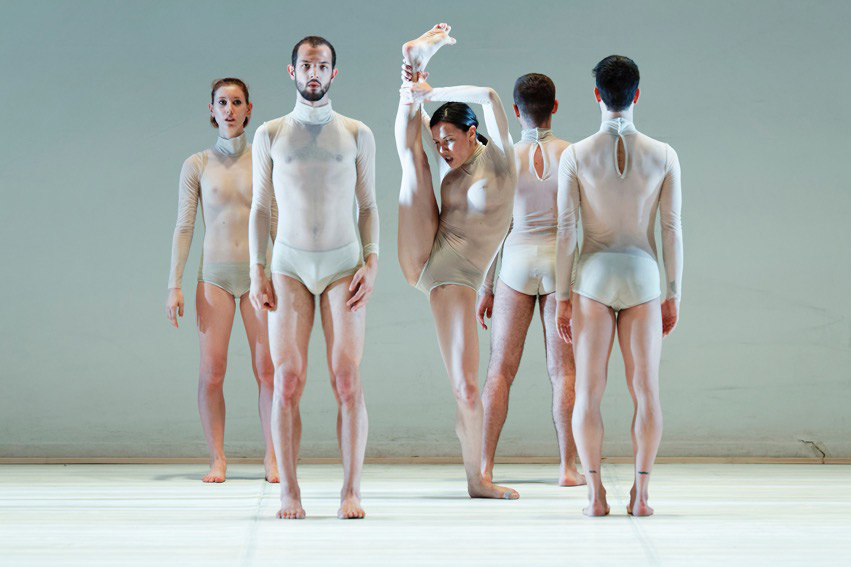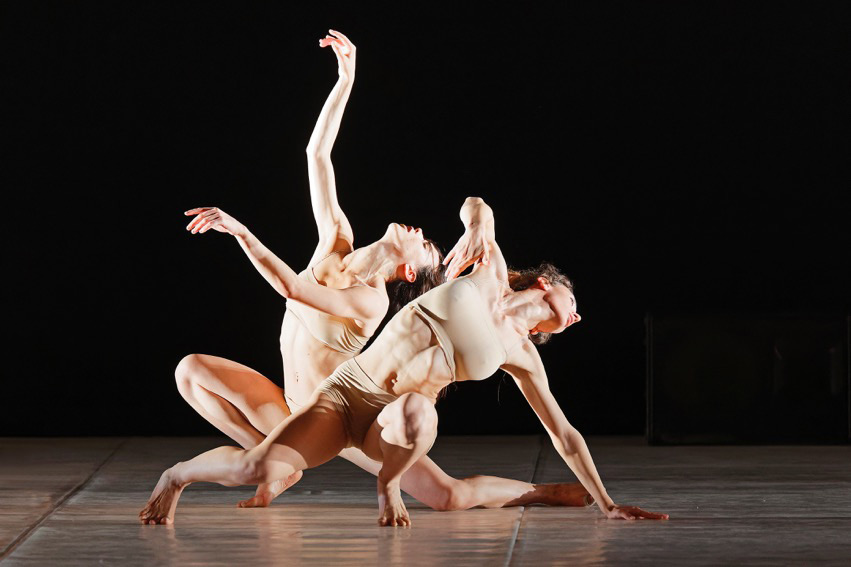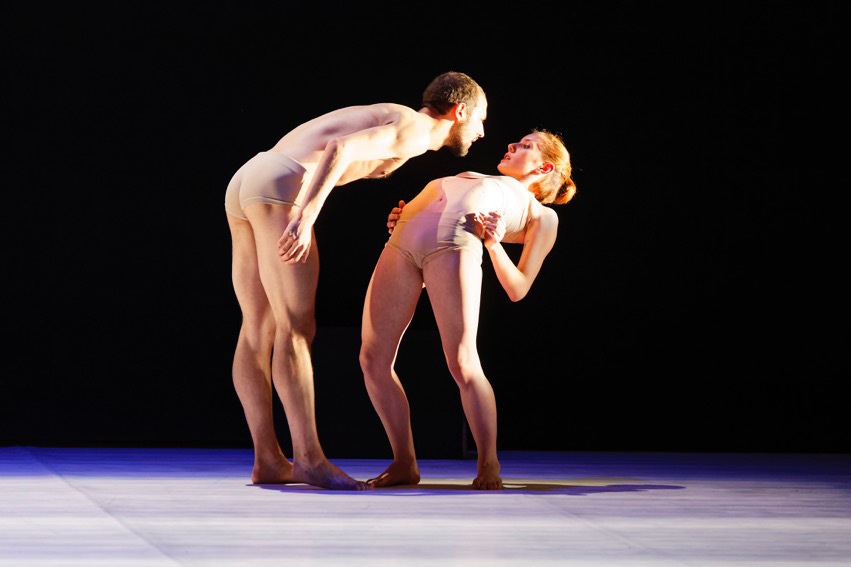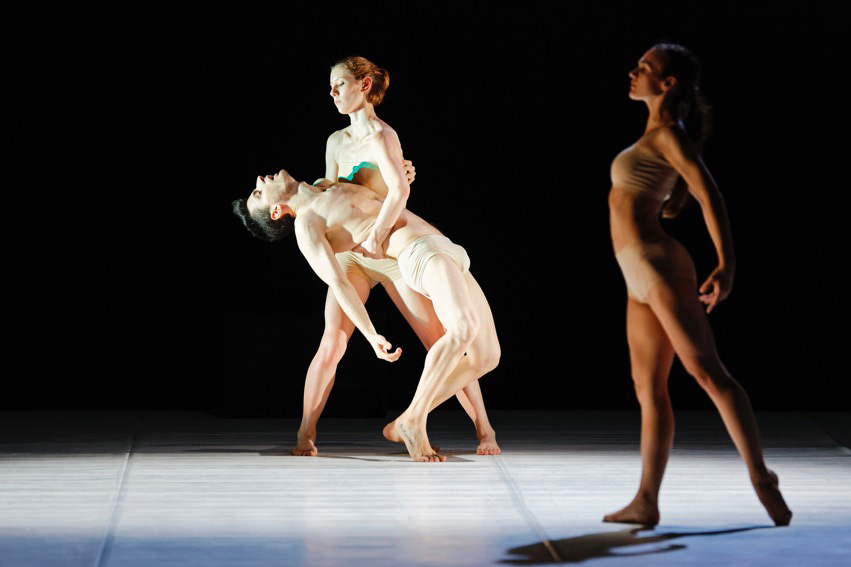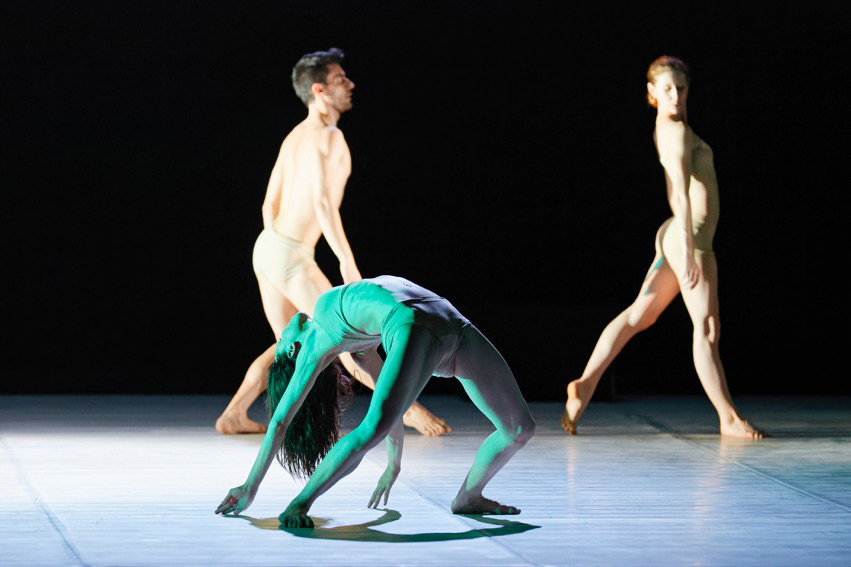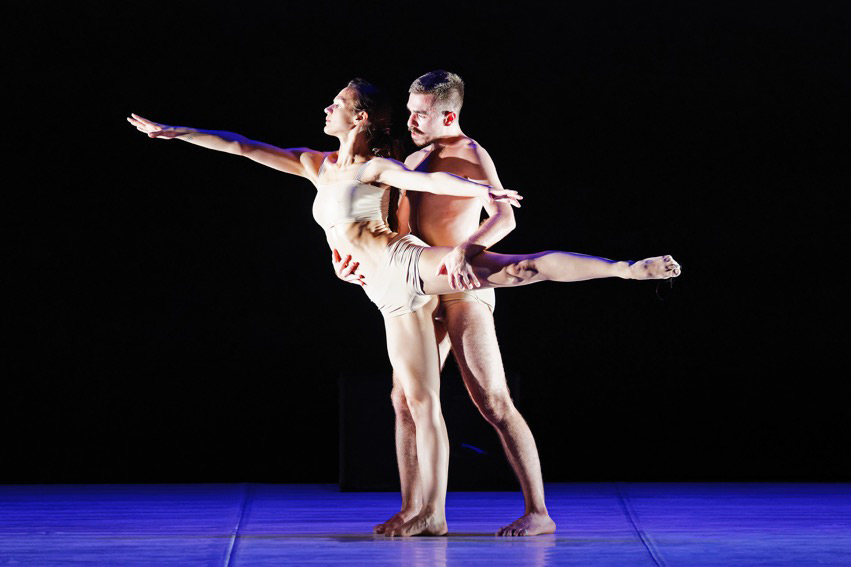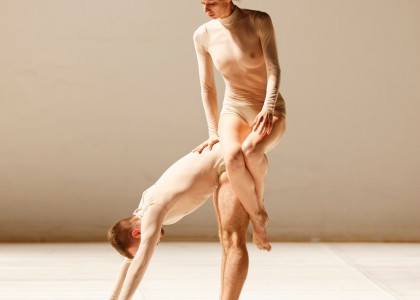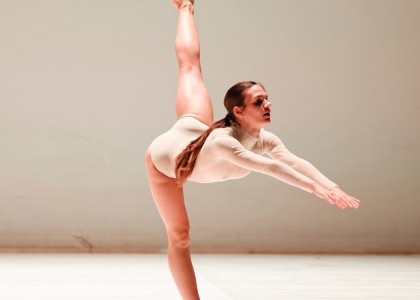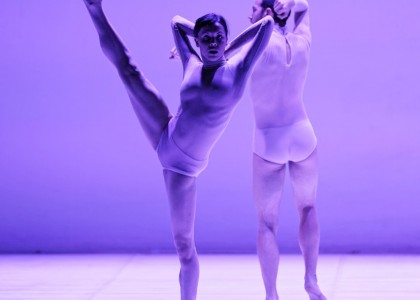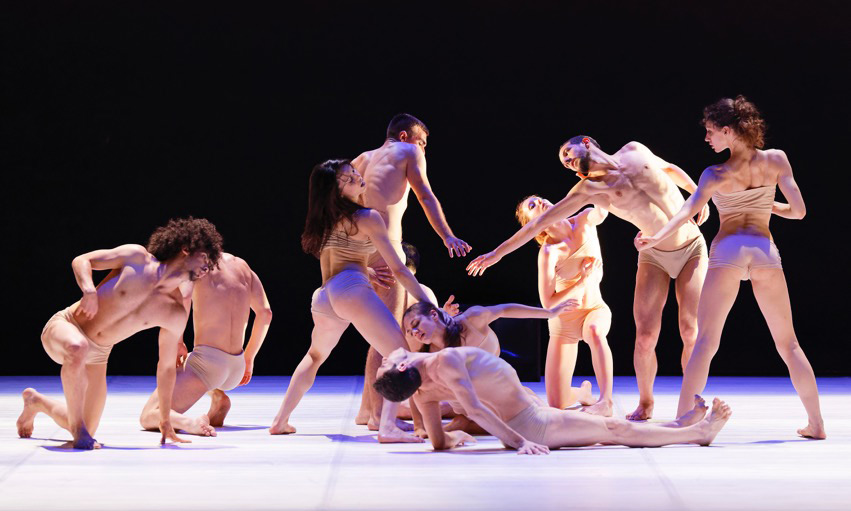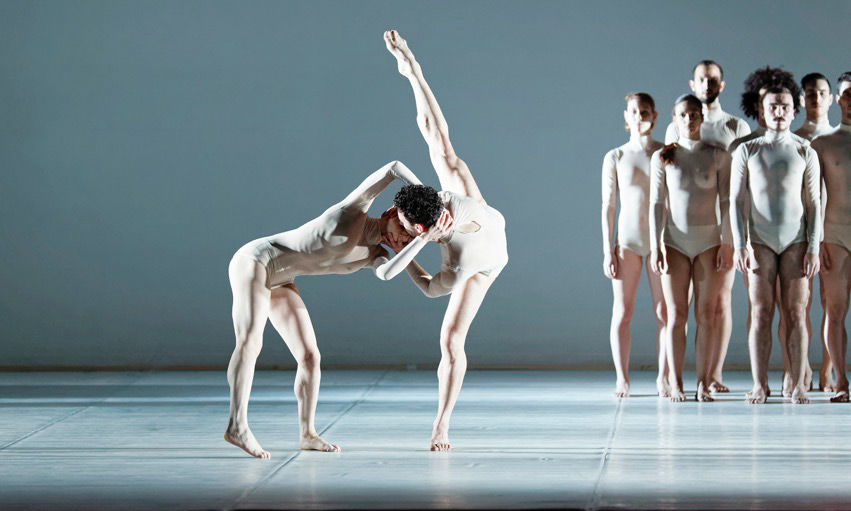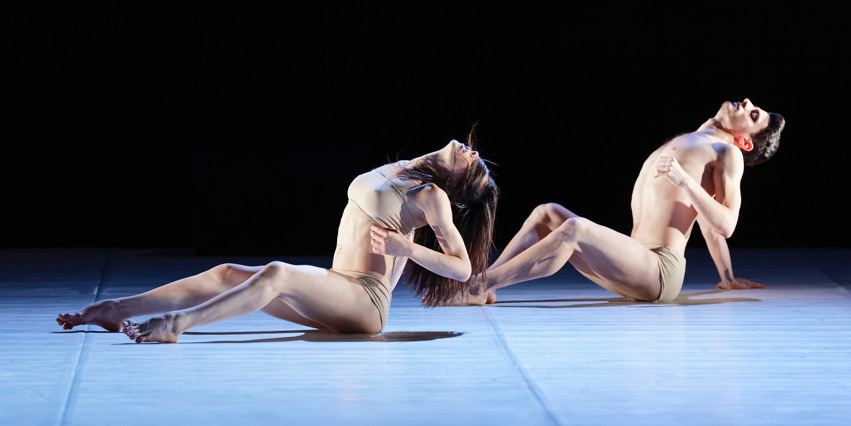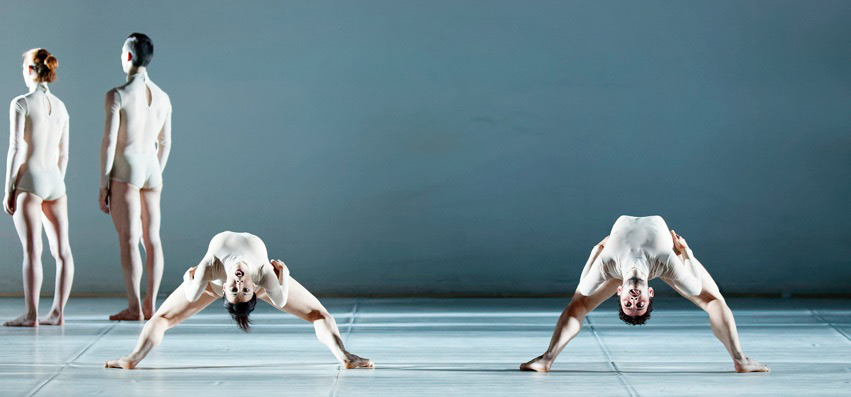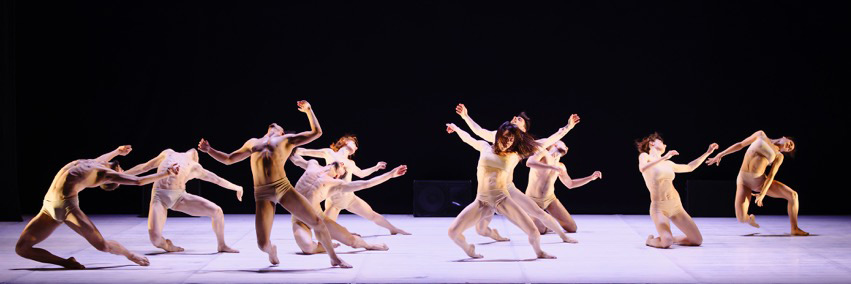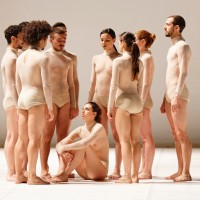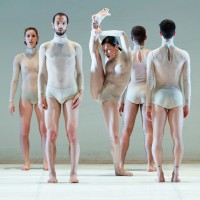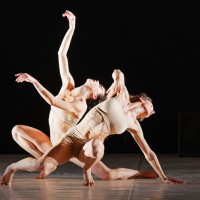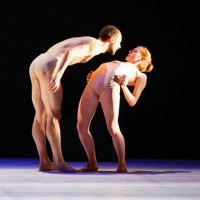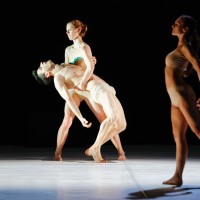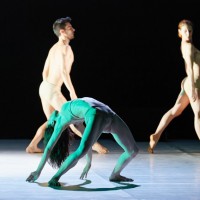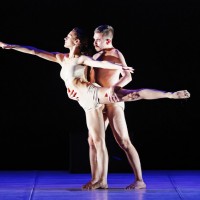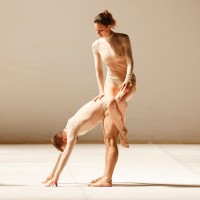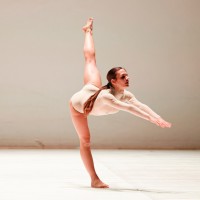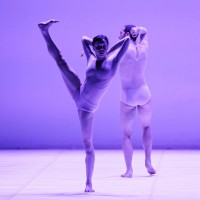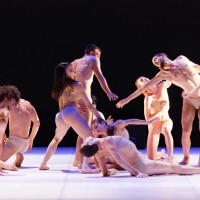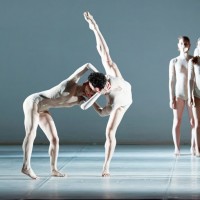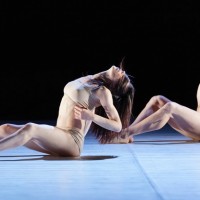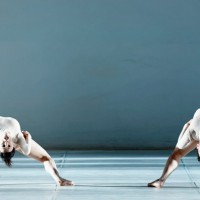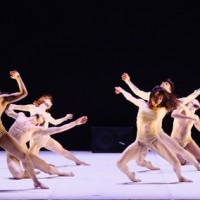Video
Director’s Notes
One hundred and seventy-eight years have passed since the première of Giselle, a masterpiece of Romantic classical ballet created for the Parisian debut of Italian ballerina Carlotta Grisi. Since then, Giselle has continued to evolve with such continuity that theatre audiences of the 21st century can no longer expect an emblematic performance of 19th century European classical ballet: Giselle has assumed a global citizenship; Giselle has its roots embedded in the present. Having commissioned Itamar Serussi Sahar and Chris Haring | Liquid Loft to choreograph Act 1 and Act 2 respectively, Balletto di Roma does not merely present a new version of the traditional story of Giselle. Instead, the new Giselle offers a profound exploration of the madness of a young girl betrayed by her lover (Act 1) and the sepulchral result of her suffering in the underworld (Act 2). The Giselle premiéred on 16th July 2016 – as a result of the partnership between Liquid Loft, Operaestate Festival and Civitanova Danza – is far more than an exploration of the juxtaposition of life and death within the personality of the title role; the new choreography expresses the multifaceted mood of the whole community of bodies on stage. Giselle’s identity is no longer incarnate in a single role, but serves as a lens through which we are all invited to observe the world around us. The focus of the dancers of Balletto di Roma has been to embody the spirit of Giselle in their improvisations, not by analyzing her personality and identifying its individual parts, but rather by deconstructing Théophile Gautier’s libretto and exploring the possibilities offered to bodies and sensitivities of the present. For the first time Giselle involves an international team of artists and associates, with different artistic identities and original creative approaches, coordinated by Peggy Olislaegers, former artistic director of the Dutch Dance Festival, dramaturg for many companies like Rambert and artists as Alessandro Sciarroni. Richard Van Kruysdijk and Andreas Berger’s profound rearrangement of the music of Adolphe Adam underlies both acts of the ballet, enabling the dancers to generate new rhythmic and gestural evocations which let each spectator create his or her own story. Itamar Serussi Sahar’s choreography of the first act expresses a strongly physical, almost erotic power: the bodies are stripped of the pantomime dress which traditionally characterizes the opening scenes of the ballet, enabling the dancers to offer themselves to the audience in a way that reveals the true objective of their dance, the original intention of their movements. The earthly setting of the 19th century architype is expressed by the humanity of the dancers and the way in which they are changed by reality, moved and shaken by vital pulses as they explore the spaces offered by the set, expressing a sense of belonging to both life and death. In contrast with the way in which the vitality of the first act underlines the individuality of each of the dancers, Chris Haring’s choreography of Act 2 presents a more collective approach, reminding us that nothing is more common to all humans than death. The idea that revenge can lessen the pain of loss offers a last twitch of human sensitivity, a last absurd hypothesis, to Giselle before the bodies confront one another in a definitive clash. Interrupted only by a number of incursions into the real world, this confrontation is pervaded by a gradual decrease in visual density until, like a phoenix rising from the ashes, the performers and the audience are brought back to life.
Credits
Choreography
Chris Haring and Itamar Serussi Sahar
Concept Development
Peggy Olislaegers
Original music
Adolphe Adam Musical
re-working
Richard Van Kruysdijk, Andreas Berger
with the dancers of Balletto di Roma
with the support of
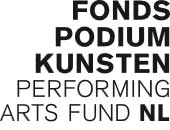 part of the Fast Forward project supported by
part of the Fast Forward project supported by
FONDS PODIUM KUNSTEN NLPerforming Arts Fund NL
Ambasciata del Regno dei Paesi Bassi a Roma 
con il contributo di
Regione Lazio


